With any math tool, we started with exploratory play. I introduced the cuisenaire rods by name, handed out a mat for using the rod (just 1 cm graph paper), and set the timer for 10 minutes. Why do we play first? My friends know we put first-things-first, so when we pull out these number rods, I want to make sure we are using them as math tools, not as toys. Giving students time to explore gives them this ‘play’ time so our later learning is focused.
In Chapter 5, Go Math also has us looking at different ways to compose numbers. Using our cuisenaire rods was a great opportunity to get hands-on practice with this skill. We started out with only the rods on the table (no markers). I handed each student a different whole and asked them to find other rods that were the same length. (Each student had a different whole to keep wandering eyes at bay). After students had time to find 5/6 different combinations, we went around the table and talked about the rods asking ‘How did you made them equal?’ Then, we made the connection to addition – finally, writing our addition sentences under each combination.
One group of my friends were ready to bump-up to finding equal equations, so I introduced the balances – (insert amazed faces of 1st graders here). This is the first time I’ve pulled out this math tool, and my friends were in awe. To start, we explored the beams and made predictions about what would happen if we put different rods on each platform. After exploring, I asked – “How could you make both sides balanced?”
Throughout 2 days of guided math, we learned that different combinations of the same number would balance because they had the same value.
Eventually (after MUCH practice and talking and hands-on experience), we wrote each side of the balance in terms of numbers. We’ll continue exploring this in the coming week, and I will introduce it to my other guided-math groups, as well. After teaching it once, though,
Well friends, these are a few different ways we’re using cuisenaire rods in our guided math structure. We are loving these hands-on tools. As a teacher, I love that they provide such a concrete model for some difficult math concepts.
If you don’t have cuisenaire rods, no worries! You can can pick up a small-group set of cuisenaire rods pretty affordably on Amazon. (FYI – when using them in small groups, I use 1 set for every 3 students) or use them online at Enriching Mathematics.
So tell me, do you use cuisenaire rods in your classroom? If so, do you have any tips or tricks for using them? What’s your favorite way to use them? I’d love to hear what works for you!
Get Free Teaching Resources!
Join me for weekly classroom updates and free resources that are just-right for your guided math classroom!

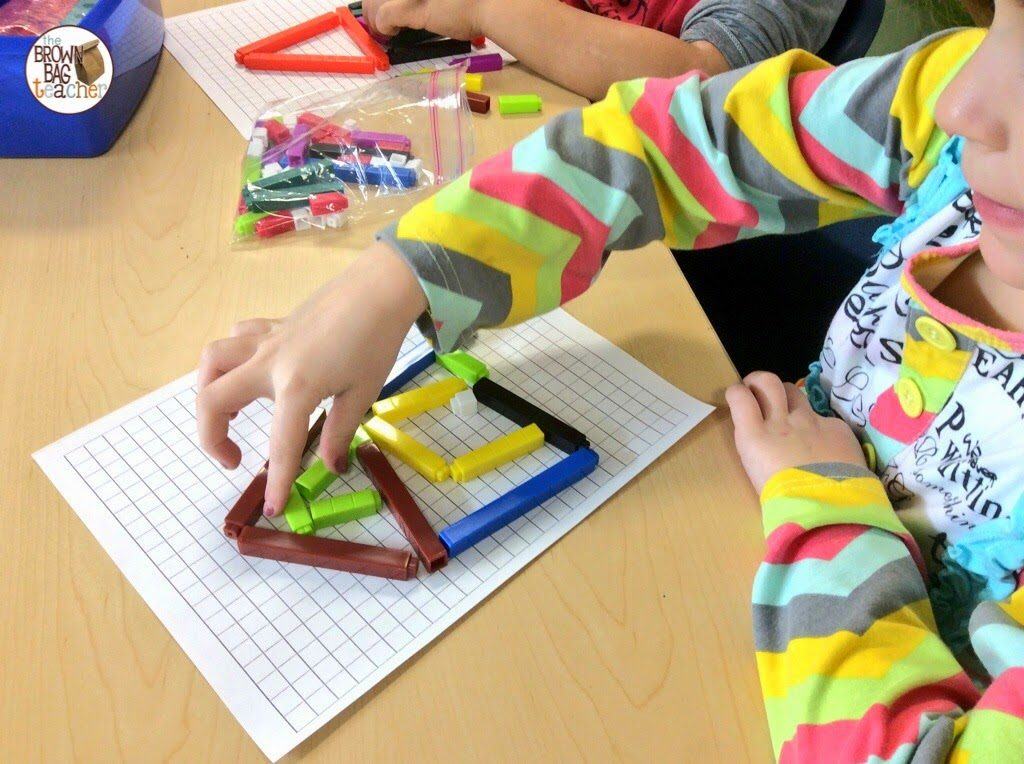
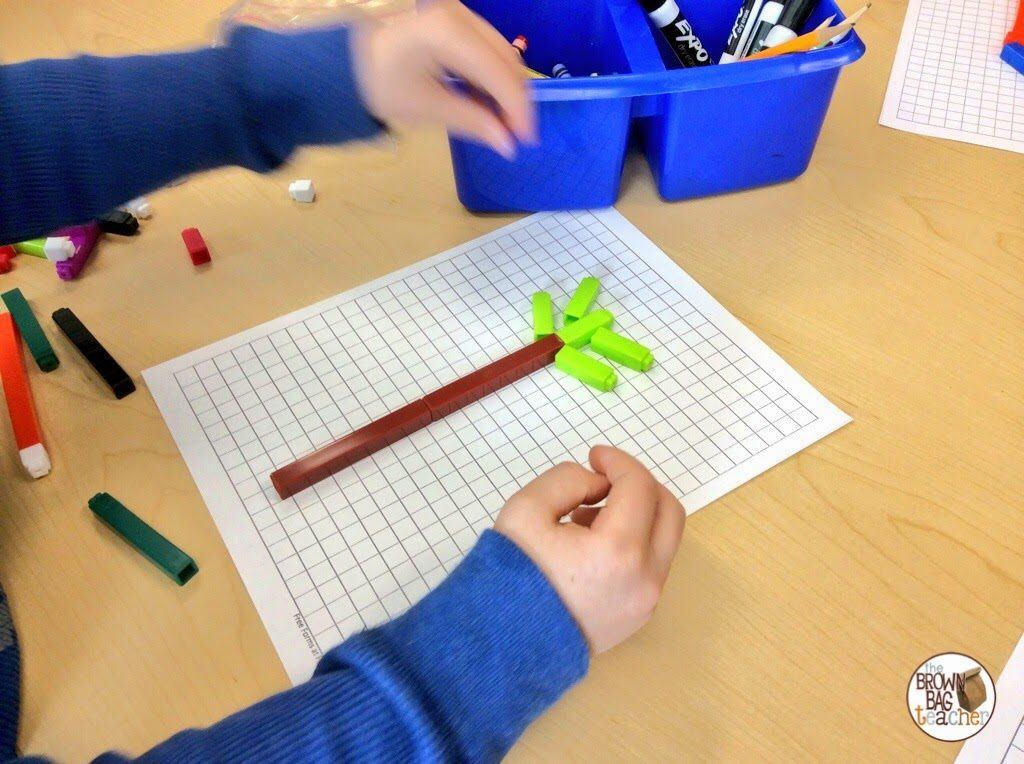
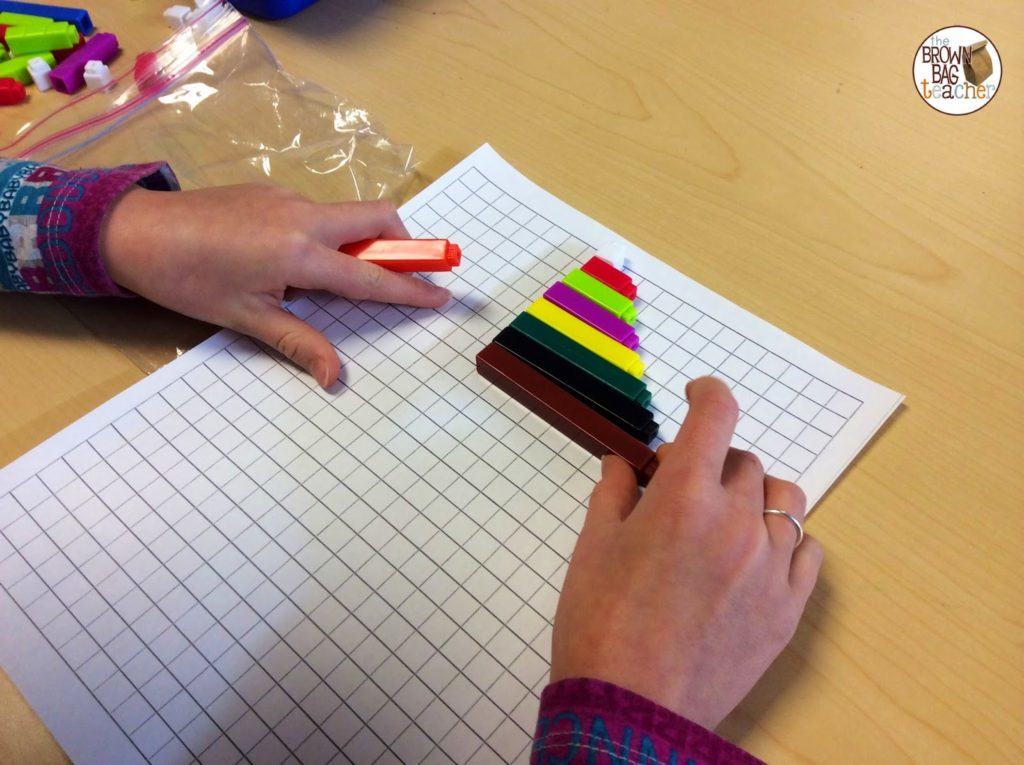
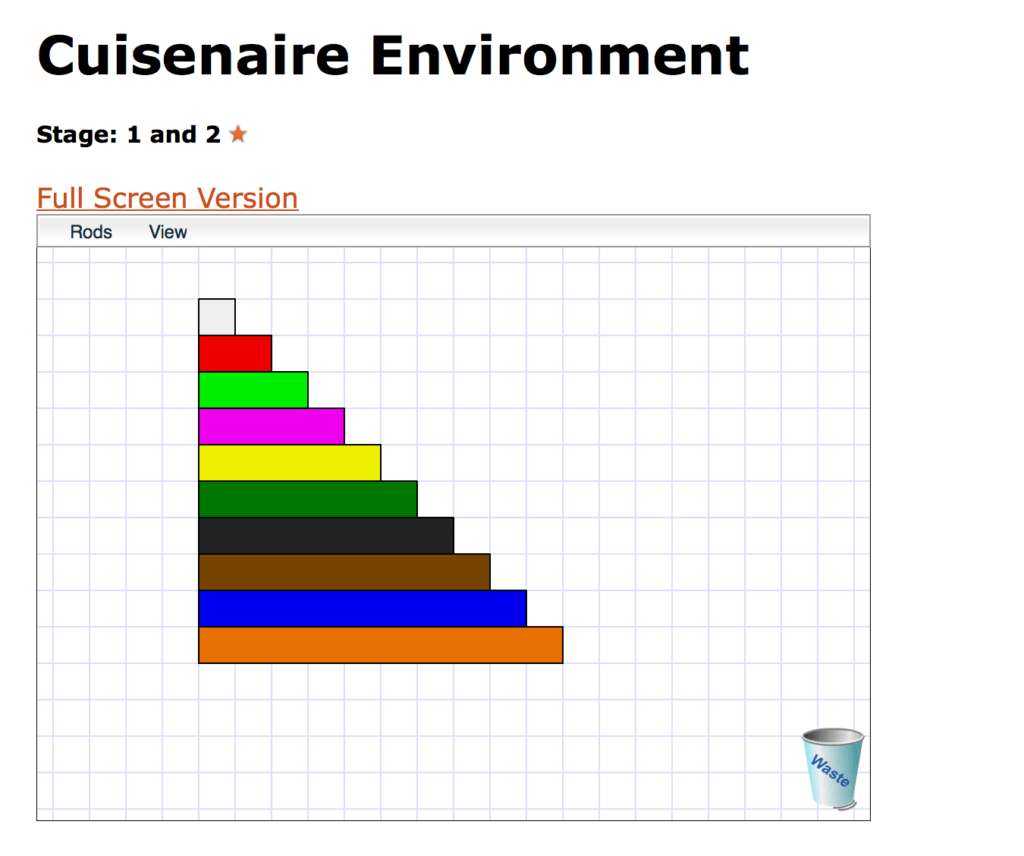
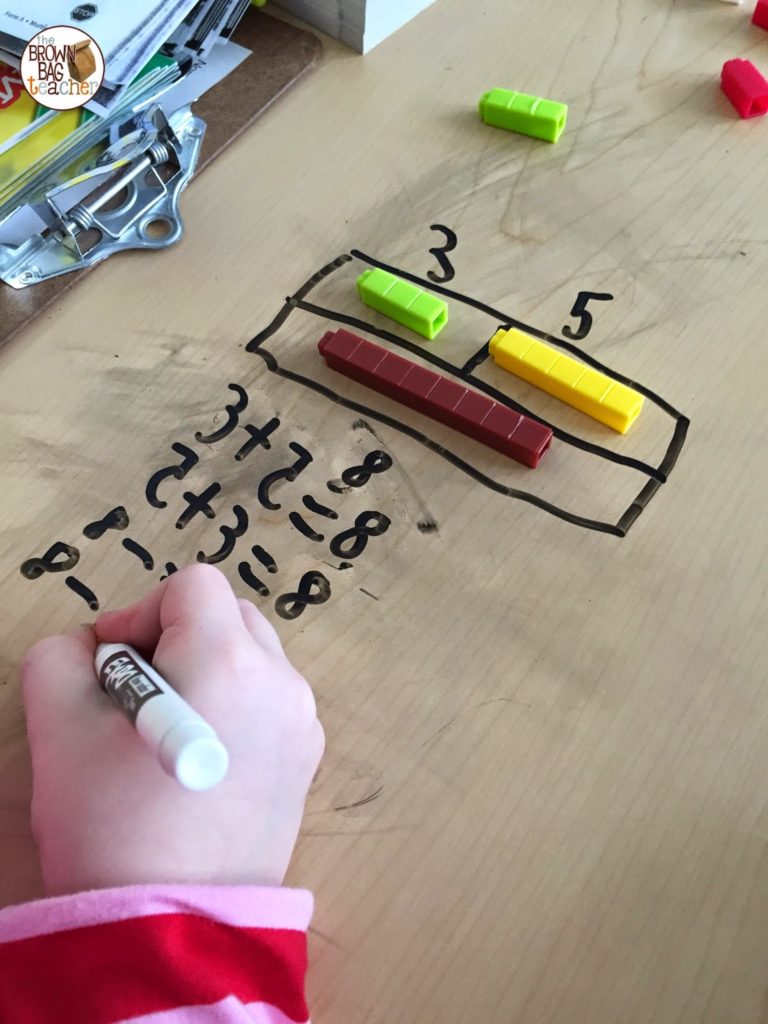

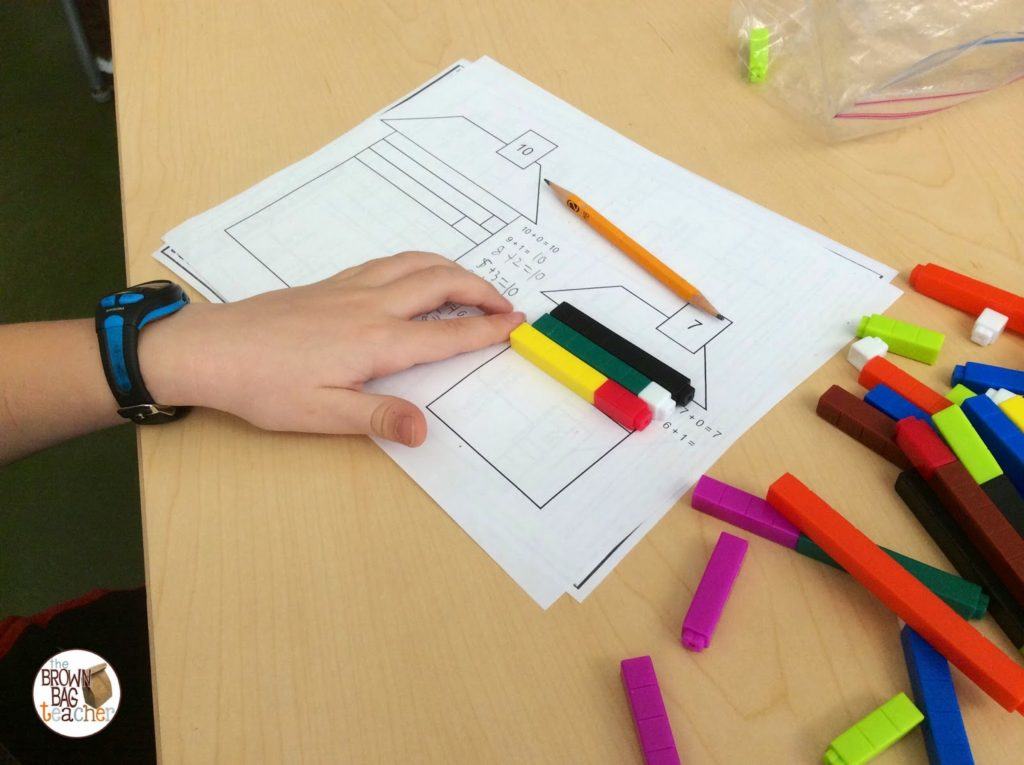
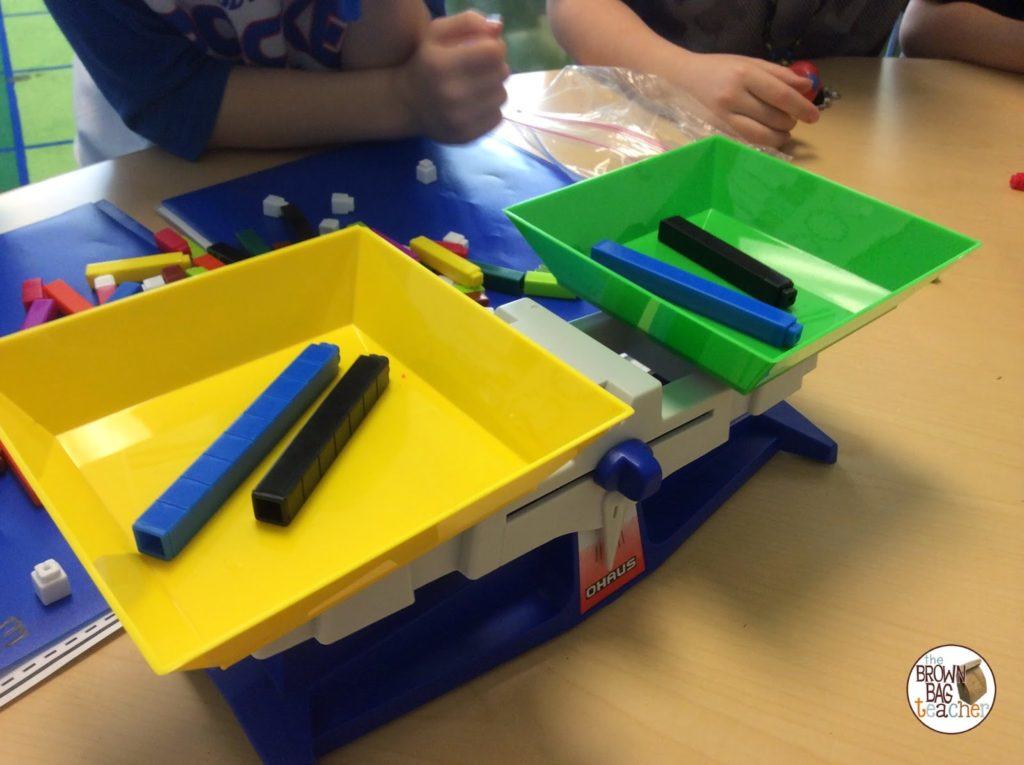
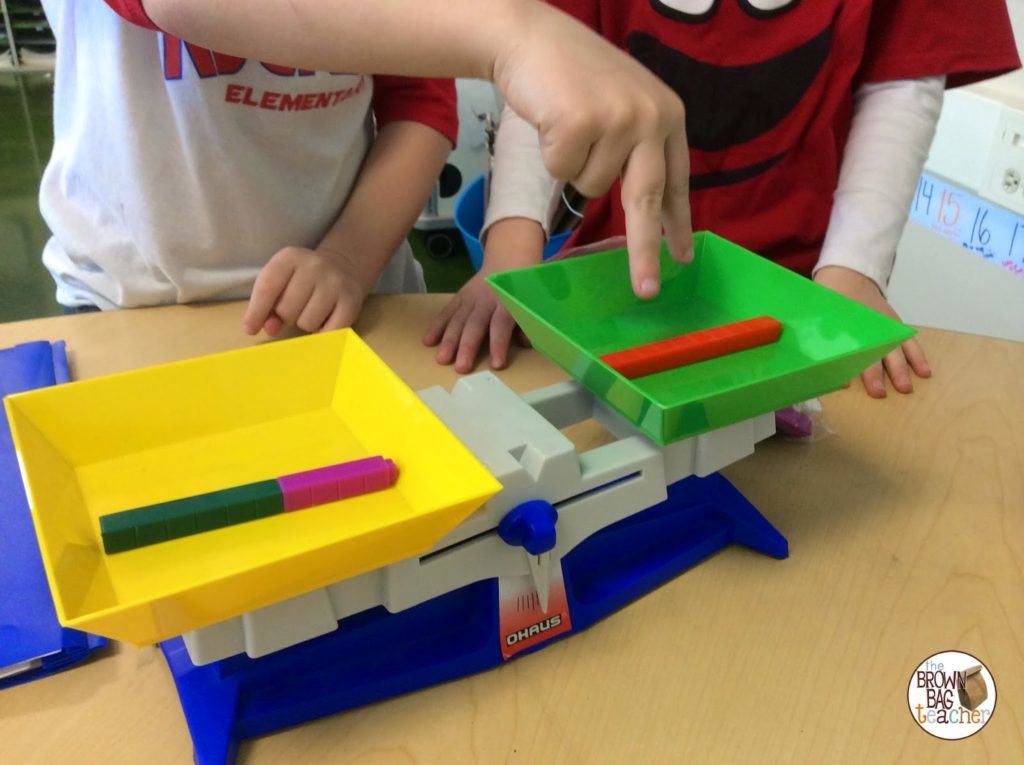
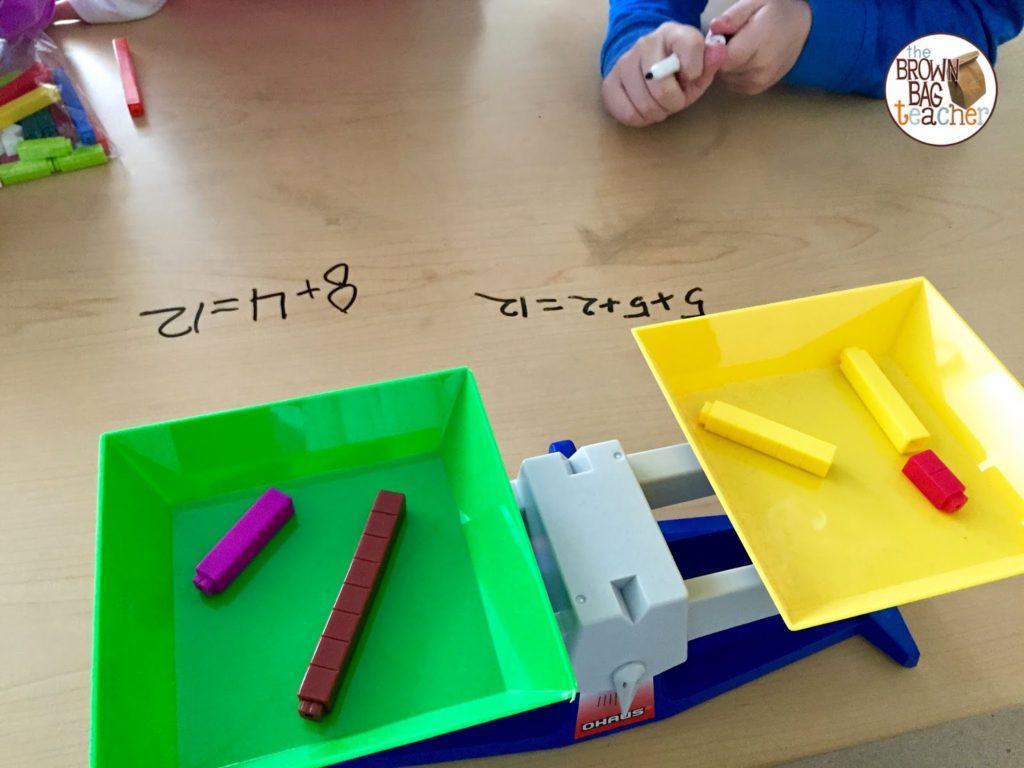
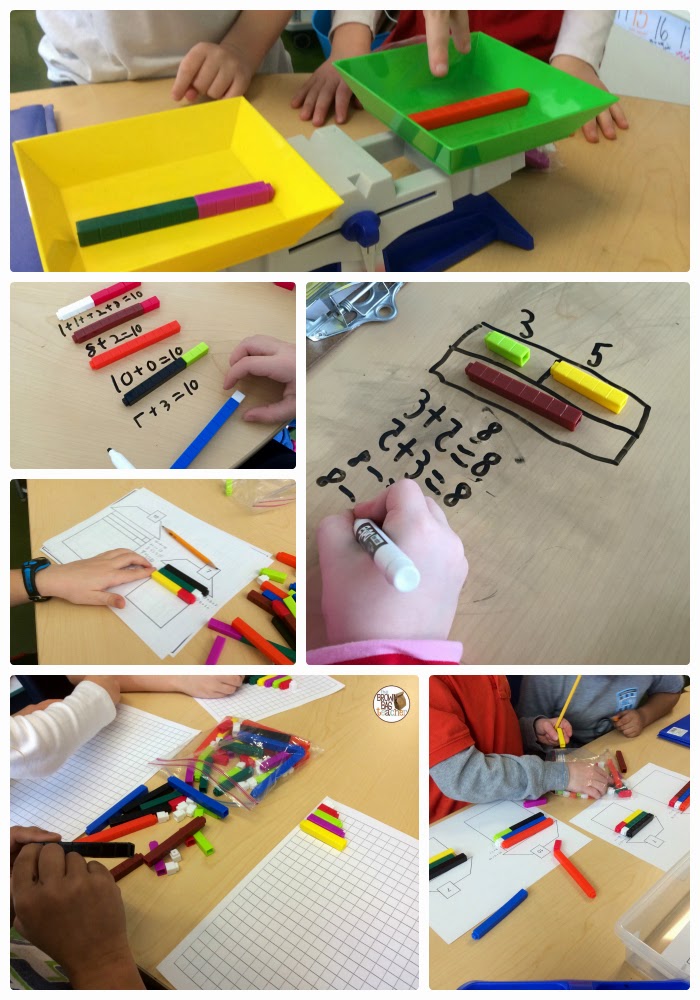

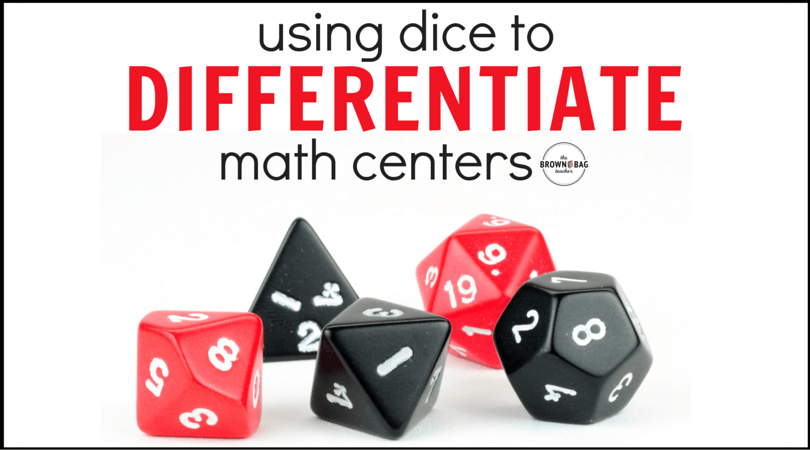
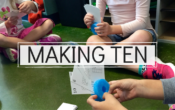

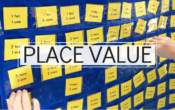
Thanks for sharing. =) The rods that I have access to do not join together and do not have a side that shows the segments… wish they did. But they are still useable and we have a ton of them, so I almost have enough for each student to have their own set! Now if their desks were only large enough…lol
This is an amazing article! It taught me so much. Your explanation of the subject is incredibly clear, and the examples you gave truly improved my understanding of it. I appreciate you giving this important information.
You do so many great things in your classroom! I'm curious as to how you take grades. We are required to take math, spelling, and reading grades, and I always struggle to come up with activities to grade. Any tips would be helpful!
These look just like unifix cubes only a smaller version. Are they interchangeable? Because I do have unifix from teaching first grade.
Besides learning math, I usually play Geometry Dash Lite – a fun geometry dash game.
Oh my goodness! That is SO much fun. I love the idea of Teacher Performance!!!
Desde acompañantes de lujo hasta putas económicas, Santa Fe tiene algo para todos.
Thanks to my friend , I just found out about this website, it gave me a lot of useful information.musicfa
Puzzle Band – “Sogoli” > New Song > Download With Text And 320 & 128 Links In Musico
I’m looking for the house template – but your link doesn’t bring me to them. Any idea where I can find them? I could make them, but I don’t want to “reinvent the wheel” if I don’t have to!
There are many ways to complete that with just five nights at freddy’s 4
A very commonly used and extremely effective method.
Hello
The content was very complete and good
Thank you very much for providing us with this complete article
nice post
thanks
amazing
cool website 🙂
wow such a good post thanks a lot its really usefull
thanks a lot its really nice post
Hello
The content was very useful and accurate
Hello
The content was very useful and accurate